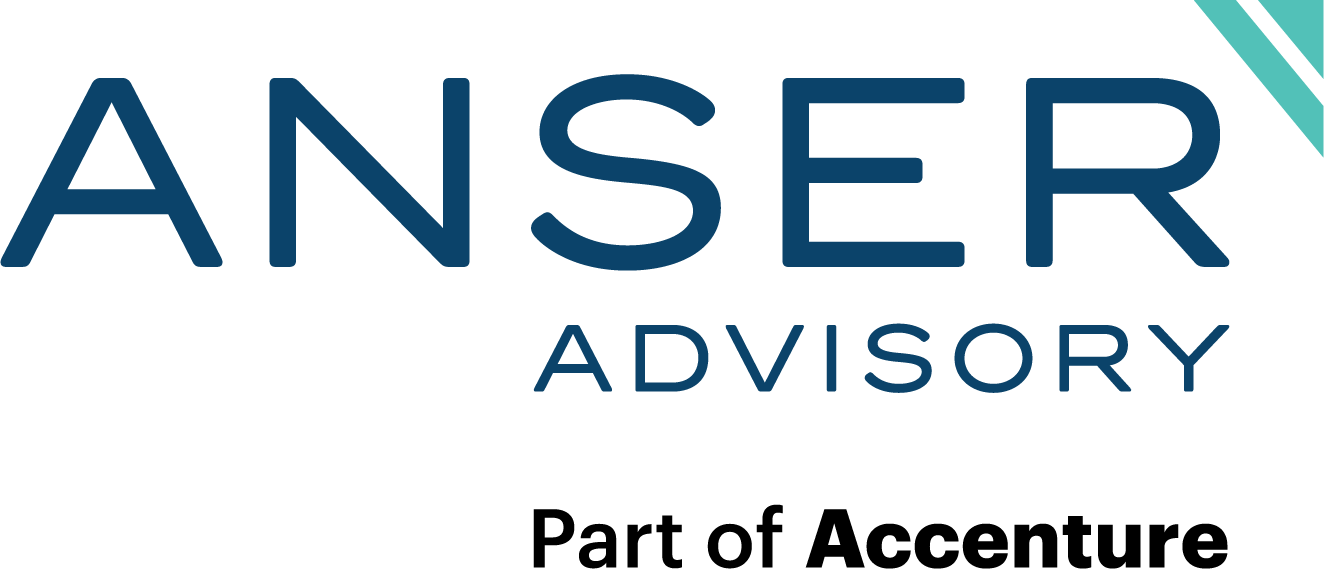Systems
Big Data, machine learning, blockchain, and augmented reality are all hot topics across industries right now. In the Construction industry, discussion of digital twins, robotics, and automation of processes are talked about as if they might be just around the corner. While there is no doubt that such advancements are having and will continue to have a material impact on the construction industry, remember that digital signatures and BIM were also “just around the corner” for a decade before truly being normalized, and there are still many projects and programs that do not consistently make use of either of these readily available technological advancements. This is because technology advances much faster than people, laws, contracting, and business culture can adapt, and the construction industry, when compared to most other industries, is notorious for being one of the slowest to adopt new technologies.
DEFINING PMIS & COMMON EXPECTATION TRAPS
A PMIS is defined as an information system consisting of the tools and techniques used to gather, integrate, and disseminate the outputs of project management processes. It is used to support all aspects of the project from initiating through closing and can include both manual and automated systems.
However, since we are firmly in the Information Age and access to real-time information and digital collaboration is now the norm, the expectation most Owners have is that a PMIS should be entirely automated and increasingly driven by machine learning. Most want to look at a dashboard showing metrics across hundreds of projects and have every input data point be accurate, timely, and relevant.
There is a problem with this expectation and assumption. Technology can enable efficiency but will not be replacing talented people anytime soon. The data quality of construction management systems is entirely dependent on sound processes that support people in their day-to-day activities. In my senior year of high school, my Computer Science teacher left me with a lesson that has stuck with me twenty years later: computers are dumb, and people are smart. It is important to remember that underpinning technology are the business processes, rhythms, and people that are connected by these systems and any PMIS will be only as effective as the underlying organization, people, and processes (for how to get these important parts of program and project success pinned down, take a look at parts I-VI of our series).
Understanding that PMIS is not a “silver bullet solution” that will automatically ensure accuracy and improve outcomes, but rather a tool for improving efficiency, sets the framework for getting the most out of a PMIS implementation or configuration.
LEVERAGE WHAT ALREADY EXISTS, BUT MAKE IT YOUR OWN
Fully custom-built systems have fallen out of favor, and for good reason. They are too cumbersome and expensive. 20 years ago, this custom approach was the only truly viable option for many complex projects and programs, but the industry has evolved substantially since then. Today, “out of the box” software, while still facing some constraints, has continued to advance to a point where there are many options on the market that have decades of new feature development and capabilities, coupled with flexibility. Therefore, the most successful approach to modern PMIS is to start with an existing “out of the box” solution but then commit to custom configuring, customizing, and integrating that system.
PLAN & DELIVER THE IMPLEMENTATION LIKE YOU WOULD ANY OTHER PROJECT
It is vital to manage the implementation of a PMIS the same you would any other project. The triple constraint of scope, schedule, and cost is in play, as the Organization must commit the necessary effort towards requirements management and end-goal definition.
Systems and tools can be stood up quickly, however, sound organizational practices, governance structures, and the processes that underpin these systems are the real value add. Software is merely an instrument to execute those practices. Owners need to be wary of being sucked into the “stand it up quickly and we’ll tweak it later” trap, only to bumble along and be weighed down by sunk costs, while never reaching the promised potential. It’s better to establish your program and project management practices first and then carefully plan a phased rollout of systems driven by intentional, defined organizational structures and processes. Invest upfront or pay later. A successful component of any new system implementation is also defining and executing a robust change management plan.
CHANGE MANAGEMENT CHALLENGES ALSO PRESENT OPPORTUNITIES
With defined desired organization structure and processes, along with a well-developed implementation plan, that includes budget, cost, risk, and communication, the change management plan becomes not only an opportunity to mitigate risk but a catalyst for implementing new organizational roles or processes. The change of system is an opportunity to reinforce people to change behavior. But beware: managing changes to how people work is a far greater challenge than the technical configuration and setup of new technology and the construction industry is littered with examples of millions of dollars spent on systems that were never fully embraced or adopted by the project or program team(s).
The best way to overcome this challenge is to have a clear vision of how these changes will improve the program and communicate this vision early and often in the process. Forcing a new system upon stakeholders is often met with pushback and trepidation from the very users that you rely upon to make the system a success. The adage of “garbage in, garbage out” has proven true over time. Incorporating all levels of your organization in the planning and implementation of the system is crucial to realizing the intended benefits.
Identifying a strong executive sponsor who embraces the vision and will support the project is vital to the success of the implementation. Management must utilize the information from the PMIS to make proactive, data-driven decisions, while the end-user must believe that management will utilize this data for the betterment of the entire organization. The PMIS project manager must find the software to be simple and intuitive. The end-user should feel that the time spent managing projects within the PMIS will be rewarded by management and not simply a data entry exercise. Empowering individuals at all levels to participate in the process from the early stages will greatly increase buy-in and user adoption as more people will feel invested in the vision and the final solution will better meet the needs of all users.
CONNECTING SEPARATE SYSTEMS CAN AMPLIFY VALUE CREATION
PMIS typically includes document management, budget/cost management, scheduling, risk management, contract management, digital collaboration, structured workflow business processes, and project portfolio management. A PMIS system organizes and standardizes these functions which promotes moving individual knowledge to collective knowledge. The digitization of project information in a centralized location enables greater visibility to stakeholders and makes the organization more efficient.
The process of selecting the right software involves translating the business needs, your organization’s structure, and budget into functional requirements that the software market can provide. Often the PMIS system itself will fulfill most, but not all, of your requirements. Keeping in mind that the software tool should not constrain your business practices, the final solution is often an ecosystem of related systems that specialize in different functional areas and are connected through business organizational structures and automated data exchanges.
Many PMIS system implementations will also need connections and touchpoints to other systems, such as the financial management and accounting system, asset management system, or a GIS/BIM/VDC system. A common practice is emerging to establish Data Warehouse or cross-platform reporting layers to bring together information across Operations, Assets, and Finance and Capital Projects. You must have an overall architecture of these ecosystems of tools and define how processes and data will interact between them along with a roadmap towards integration.
CONNECTING SEPARATE SYSTEMS CAN AMPLIFY VALUE CREATION
PMIS systems are becoming increasingly important to running successful infrastructure programs in the digitized, connected world of today, but a successful system implementation has often overlooked additional benefits. A successful PMIS implementation will be a catalyst towards developing a culture that is supportive of additional technology adoption on the project or program. With this understanding that even a system implementation is really all about the people, we need to remember that it is easy to get bogged down in the “negatives” that data analysis can uncover. Any new technology will have these types of negatives. By successfully implementing a PMIS or improving your current PMIS and rewarding positive outcomes along the way, stakeholders will continue to remain invested in the implementation and will remain receptive to the next technology when you’re ready to implement that as well. Metaverse here we come!
In Part VIII of our series, we will further explore how to deliver successful program and project outcomes through a focus on identifying and maintaining the right people for your project or program.
This is an 8-part series called Meeting The Infrastructure Moment: How Owners of Projects/Programs Will or Won’t Succeed. In this series, Anser’s own subject matter experts share their perspectives on what owners can do to succeed, including best practices for receiving and spending these funds.
Contributing authors: Patrick Hanssens is Director, Program Controls based in the Anser Advisory Boston office and David Baldini is CEO of IntegrateIT based in Ashburn, VA.


